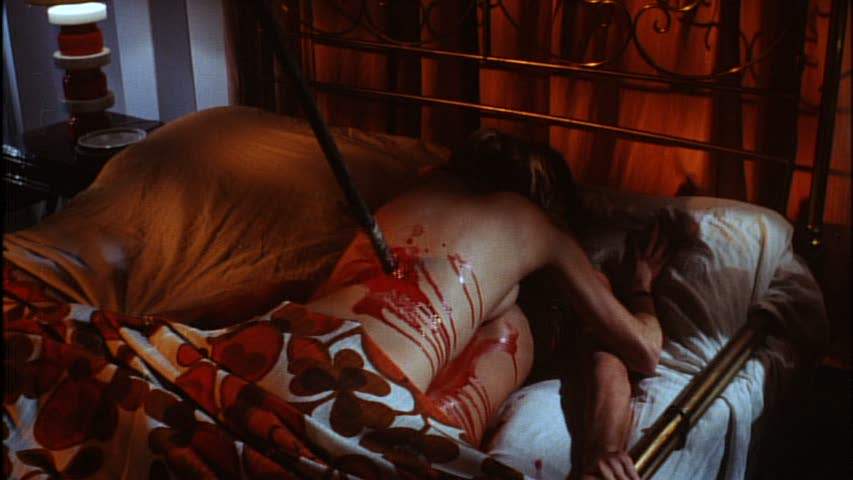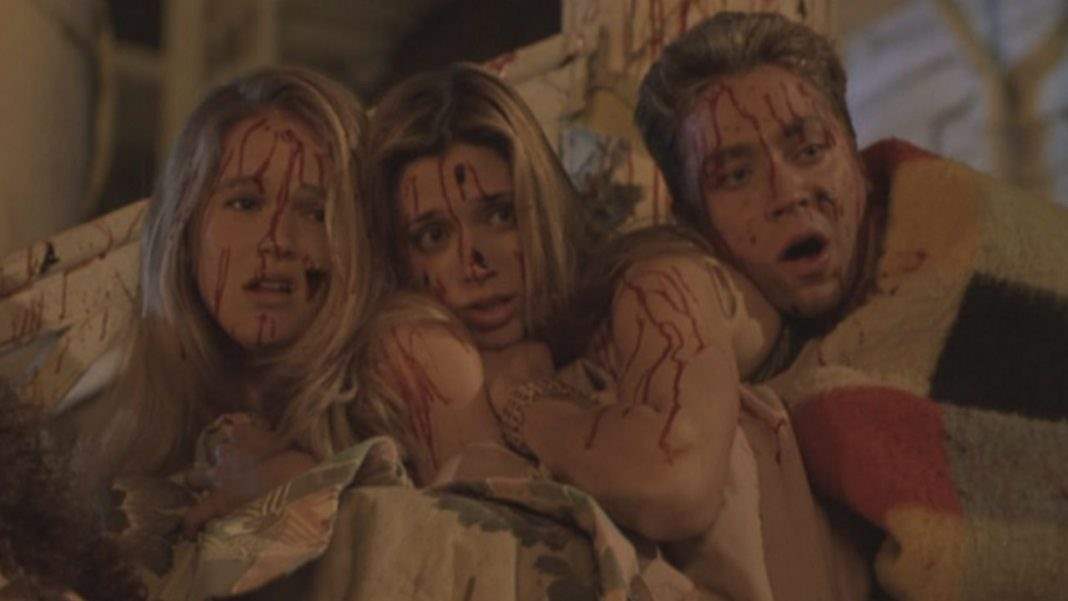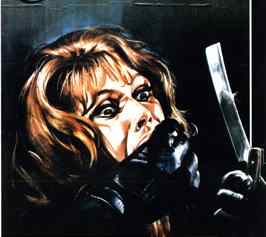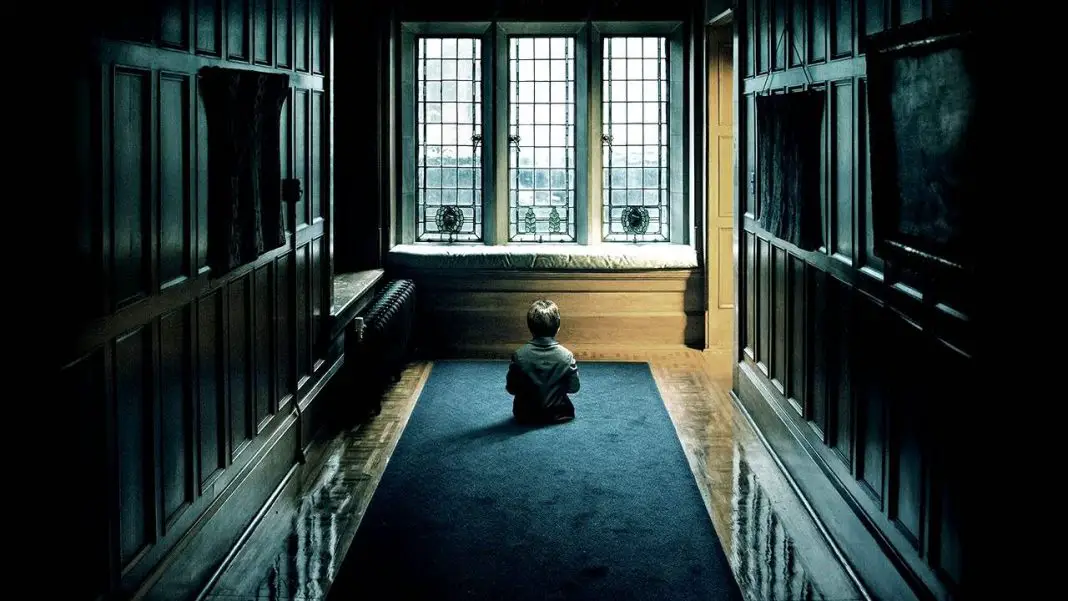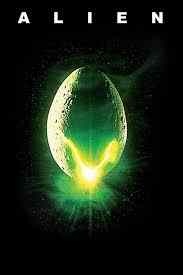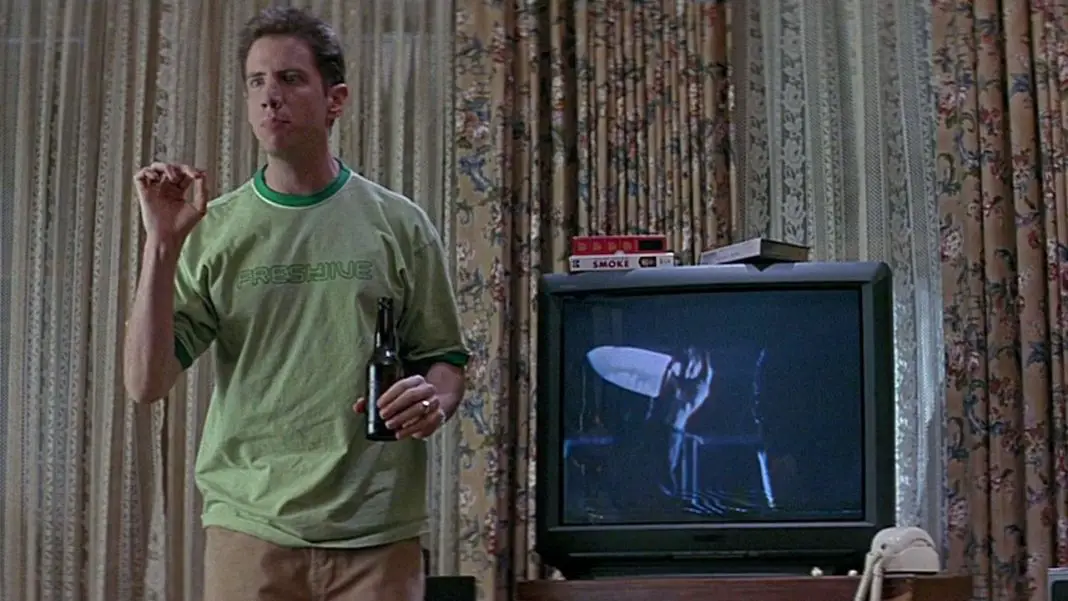It’s no secret that the early slasher films were heavily influenced by the Italian giallo movies. These were very similar features, albeit slightly more sophisticated—yet gorier—versions of the same type of story. When it comes to giallo, though, there was one reigning king who had a supreme influence on all of the Italian masters who followed in his wake. Dario Argento, Lucio Fulci, these men are cornerstones of Italian horror and masterful filmmakers, to be sure. But it was Mario Bava who laid the groundwork for them.
And, in turn, it was ultimately Mario Bava who—whether he knew it or not—would prove the most influence for the American slasher movement of the late 1970’s and early 1980’s. Halloween and Friday the 13th in particular owe something to pictures like A Bay of Blood and Blood and Black Lace. Sure, most of the rest of the ‘80’s was spent trying to recapture what made Halloween work, without thinking too much about the films that influenced it.
Related: How Modern Horror is Still Borrowing from Black Sunday
But this provides us with a strange, six degrees of Kevin Bacon system of influences. The Italian horrors were an intentional influence on John Carpenter when he made Halloween, but weren’t so much of an inspiration for many of the filmmakers who followed in his footsteps. So, while the Bava influence is felt all over slashers like The Prowler and Terror Train, it may not have been intentional.It sounds odd, but it’s pretty interesting to think about. Some of these filmmakers might be lying, of course. Steve Miner and Sean Cunningham claimed that they had never seen Bay of Blood when making Friday the 13th Part 2, yet there are scenes there that are so similar that it can’t possibly be coincidence.
Or can it? Many of the directors working on the early slasher films were inspired only by Halloween and Friday the 13th. They took inspiration from Bava’s early giallos without even realizing they were doing it. Directors like Argento and Fulci were fully aware that they owed everything to Bava, but plenty of the American and Canadian directors were not.
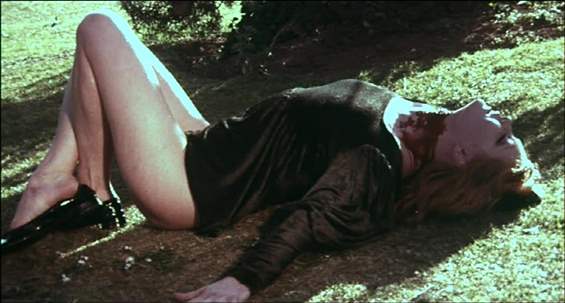 That might be the biggest success of Bava’s giallo films, though. They’re so simplistic in their structure, so iconic in their death sequences that their style seems almost obvious. It feels like the kind of horror feature that’s always existed in some form or another, and in some ways that is probably true. But what Bava did was establish a template. One so effective and streamlined that it is still being used by horror filmmakers today.
That might be the biggest success of Bava’s giallo films, though. They’re so simplistic in their structure, so iconic in their death sequences that their style seems almost obvious. It feels like the kind of horror feature that’s always existed in some form or another, and in some ways that is probably true. But what Bava did was establish a template. One so effective and streamlined that it is still being used by horror filmmakers today.
Every slasher director owes something to Mario Bava, whether they even know it or not. Those that do often make extremely well executed homages to his style, while those that don’t only prove just how deeply he has influenced the culture—not only of America or Italy, but ultimately cinema as a whole.
